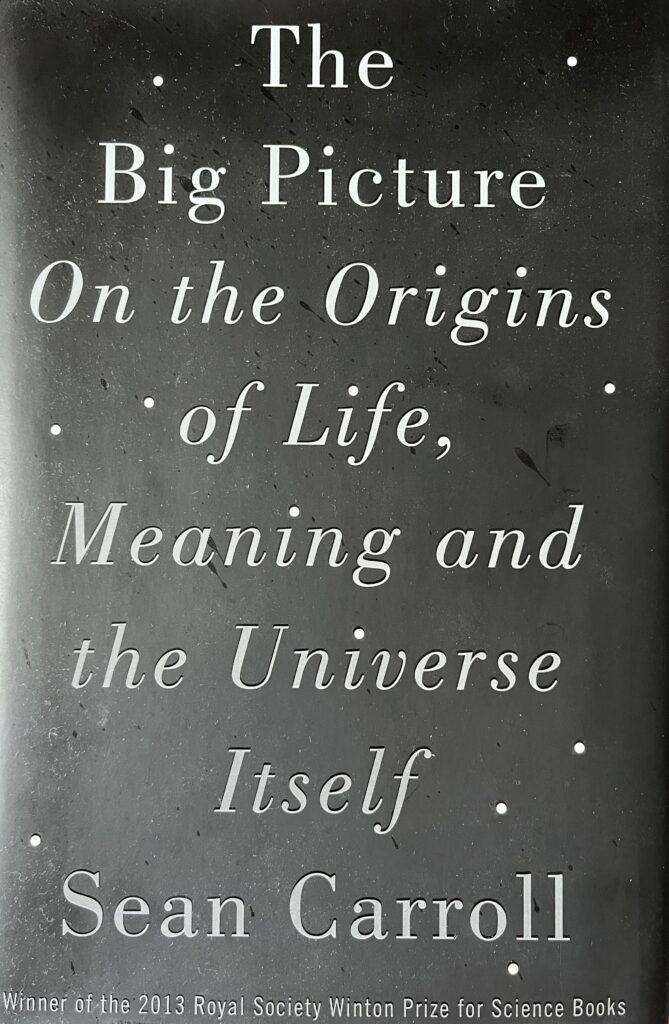Most of your time as a marketing leader is spent trying to make decisions with inadequate data. In an ideal world, we would have run an A/B test on everything we wanted to do, looked at the numbers and then made a decision. Which image should we use for our new advert? What message? What tone? Which type of customer are we trying to reach? And 1,000 other things.
A/B testing is one way of approaching this problem. The difficulty is that most marketers will – and should! – already have a view. If I was given the choice between two headlines:
- Find out how our products can help you
- Click here to give us some money
I know which one I would click on, I definitely don’t need to do a test!
But here is a more realistic example. You are trying to sell into a company and you are not sure who makes the decision. Is it the end user? The manager? The person holding the strings?
How on Earth do you do an A/B test for something like this?
You will soon find with a question like this, that you quickly hit the “Everyone has an opinion“ problem. You ask various members of the team and outside your team and everyone gives a different answer. There are a couple of ways out of this situation as I’ve mentioned, but doing an A/B test is generally completely impractical.
So what can you do? The approach that I take now is to use some of the concepts from Bayesian logic to help me make the decision. The key concept is is the idea that every decision you make is a combination of your prior knowledge plus the data that you see. And the real issue with prior knowledge is that everyone comes to the table with their own history.
As an example, if you have been running a marketing team for years, and all you have been doing is numbers-driven digital marketing for B2C businesses – and crucially, you have had success with that, then you are going to start your analysis with that approach in mind – the answer to the question “what should we do next for our marketing?“ will very likely be something around digital marketing strategy. In contrast, if you come to the table from a brand marketing background, then it is likely that your initial opinions will favour this sort of approach. Why? Because this is what you know and there’s a good chance you’ve had success with it at some point in the past.
Crucially, just asking the question “which is right?“ will not get you anywhere! You each have prior knowledge that you are bringing into the process. So what do you do when you start running a campaign and you start to get results, albeit with very low numbers? How do you combine your prior knowledge of what should happen with what is actually happening?
This is where the Bayesian approach can be very useful. I don’t think you need to understand any maths to use this approach, it is about the principles behind it.
I first read about this principle in the book below:

I have recommended this book about six times on this blog, so I am definitely a fan! The key part that is relevant to this blog post I have copied below. I tried to paraphrase it, but then I realised that Sean Carroll’s short explanation is better than anything I could come up with:
“Prior beliefs matter. When we’re trying to understand what is true about the world, everyone enters the game with some initial feeling about what propositions are plausible, and what ones seem relatively unlikely. This isn’t an annoying mistake that we should work to correct; it’s an absolutely necessary part of reasoning in conditions of incomplete information. And when it comes to understanding the fundamental architecture of reality, none of us has complete information.
Prior credences are a starting point for further analysis, and it’s hard to say that any particular priors are “correct” or “incorrect.” There are, needless to say, some useful rules of thumb. Perhaps the most obvious is that simple theories should be given larger priors than complicated ones. That doesn’t mean that simpler theories are always correct; but if a simple theory is wrong, we will learn that by collecting data. As Albert Einstein put it: “The supreme goal of all theory is to make the irreducible basic elements as simple and as few as possible without having to surrender the adequate representation of a single datum of experience.”
Everyone’s entitled to their own priors, but not to their own likelihoods.“
This might feel like a slightly obscure deviation from the subject matter of this blog (marketing!) but I don’t think it is.
Unlike many other areas, It is very difficult to come up with definitive evidence for why one approach is better than another. This can lead to the back and forth, debate about messaging and other areas.. or worse than that, you can even end up with the HiPPO principle for making decisions (“Highest Paid Person’s Opinion”).
But – If you understand that this is where a lot of people are coming from, that they are making decisions based on their prior experience and not necessarily the facts in front of them – then this makes it much easier to have a rational discussion. There will be a very reasonable logic behind why somebody is arguing for something. Listen to that person, interpret and apply intelligently.

Leave a Reply